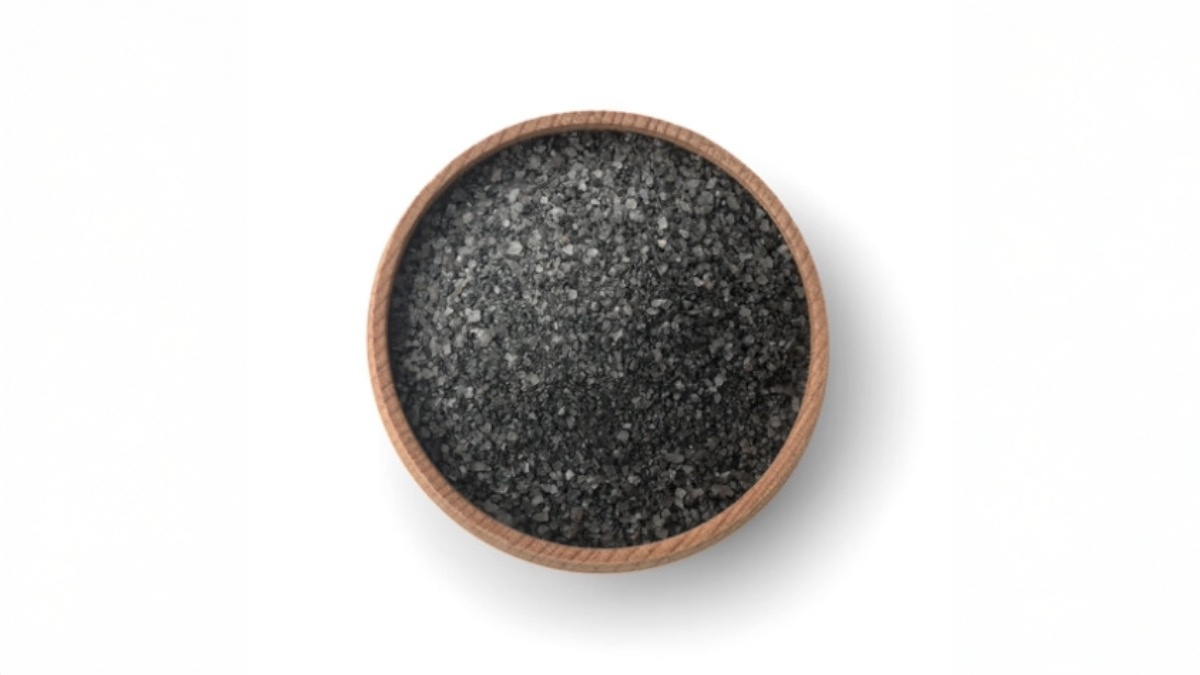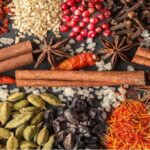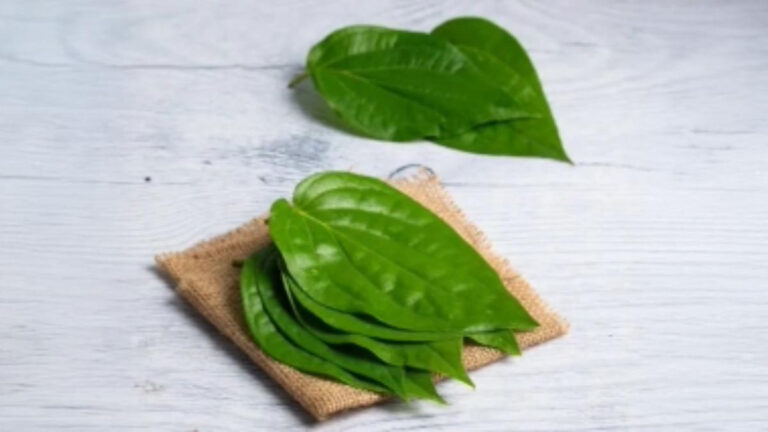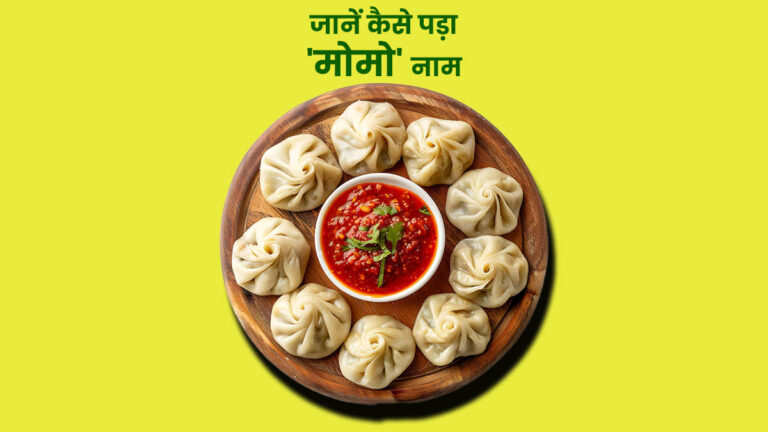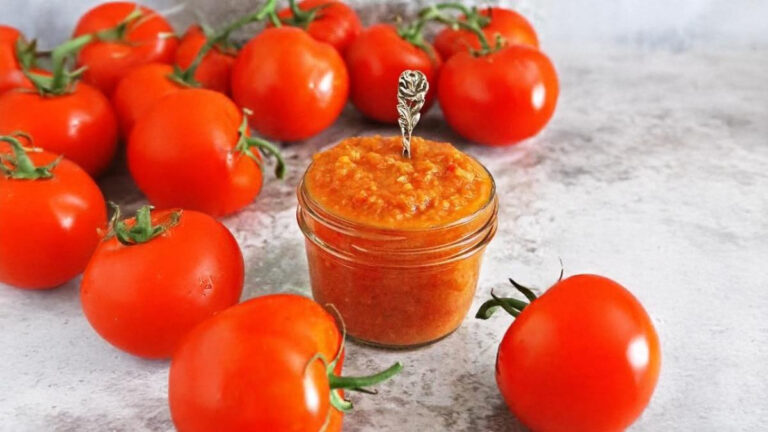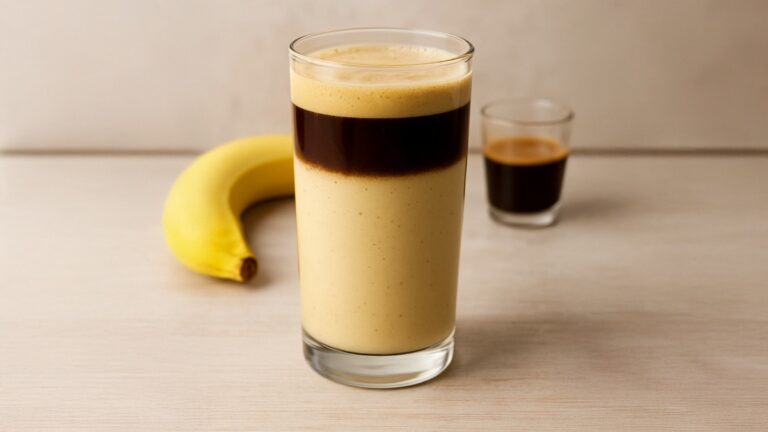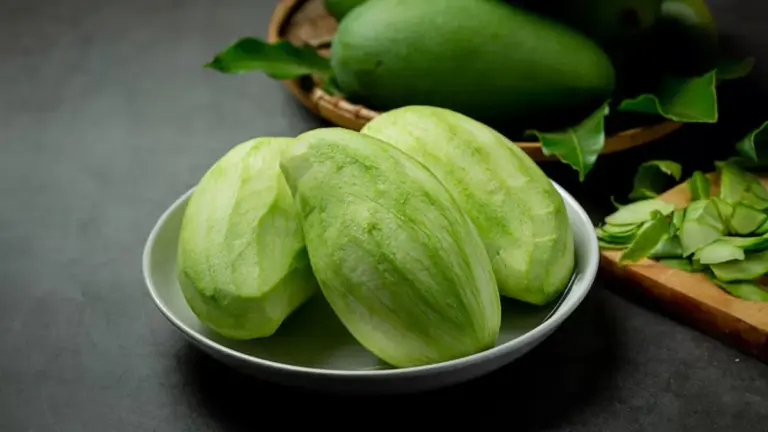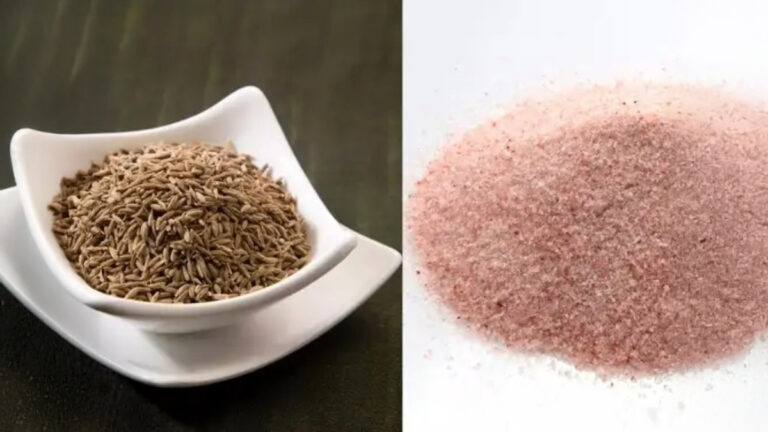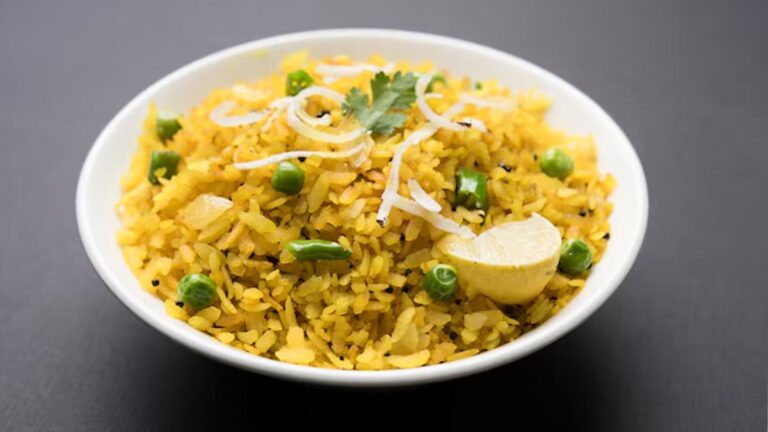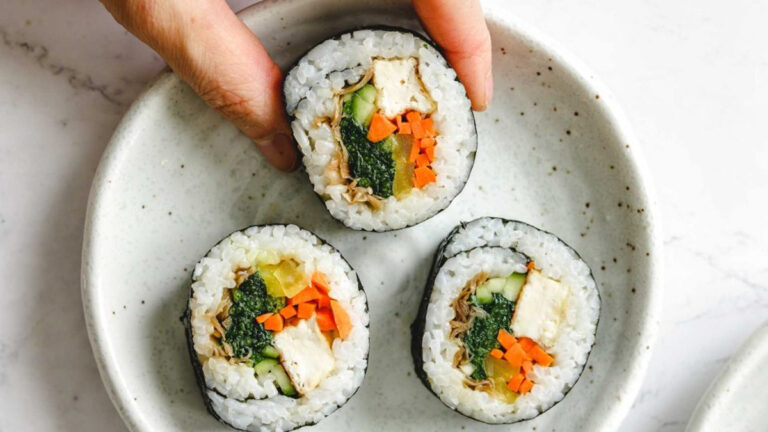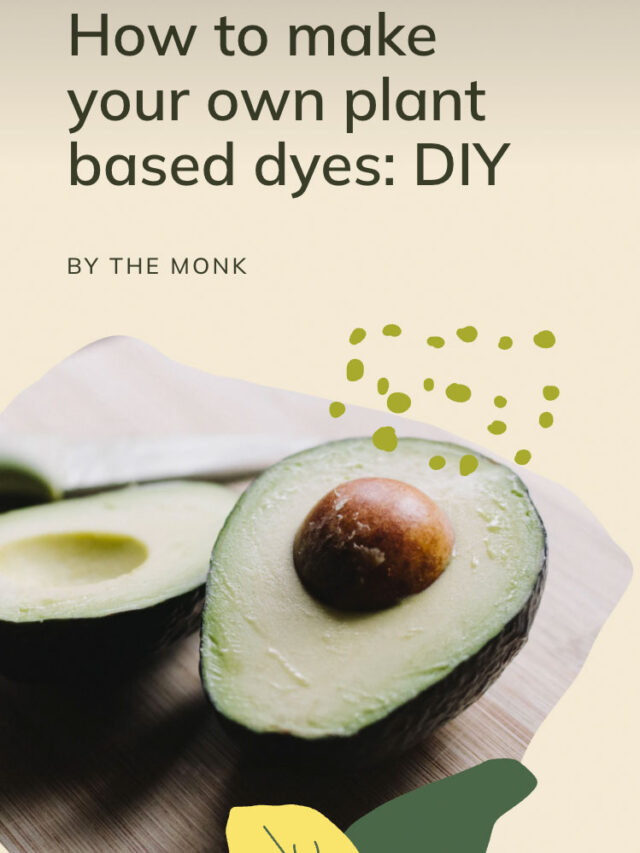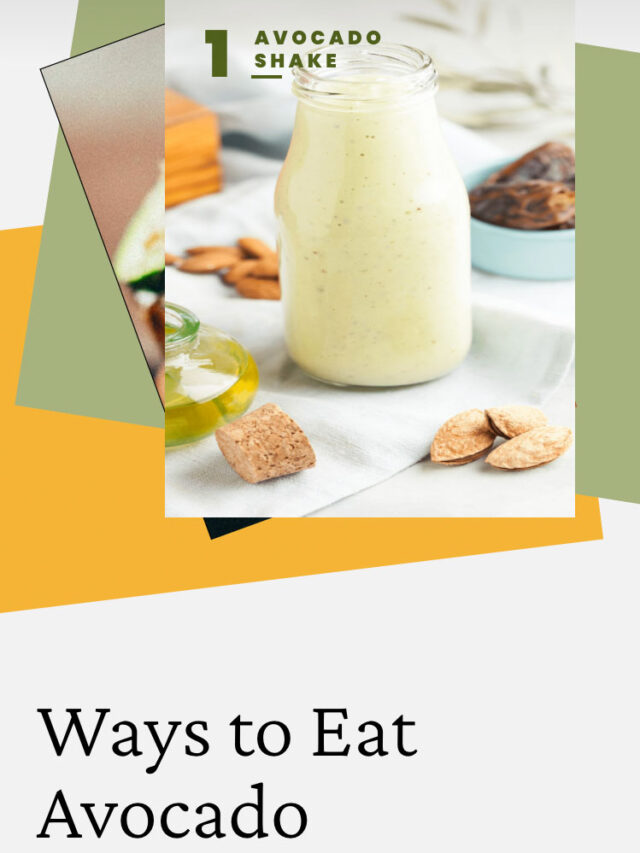How Black Salt is Made: Black salt, also known as Kala Namak or Sulemani Namak, is not just a flavorful seasoning in Indian cuisine—it’s a product of centuries-old alchemy, science, and tradition. From Ayurvedic remedies to tangy chaats and cooling drinks like jaljeera, black salt has found a place in almost every Indian kitchen. But have you ever wondered how this pungent, dark-hued salt is made? Unlike regular table salt, black salt undergoes a fascinating and intricate transformation process. Let’s explore how black salt is made and how it finally makes its way to your kitchen shelf.
What is Black Salt?
Black salt is a type of rock salt (halite) primarily composed of sodium chloride. What makes it unique is its color, smell, and taste. Despite its name, it’s not completely black—it appears dark pinkish to brown in crystal form and light pink when ground. The distinct sulfurous smell and tangy flavor come from the natural chemical changes it undergoes during the preparation process.
Black salt is widely used in India, Pakistan, Nepal, and Bangladesh. It is not only appreciated for its taste but also for its digestive benefits and role in traditional medicine.
The Journey of Black Salt: From Rock to Spice Jar

1. Raw Salt Extraction
How Black Salt is Made, The process of making black salt begins with the mining of raw salt, usually from salt mines or salt lakes. In India, the raw material often comes from the Sambhar Lake in Rajasthan or the Himalayan salt mines in Pakistan. This raw salt is generally light pink to white in color and contains trace minerals.
2. Purification and Cleaning
Once extracted, the raw salt undergoes a thorough cleaning process to remove impurities like dust, clay, and other sediments. It’s washed with clean water and dried. This purified salt is what’s commonly known as Himalayan pink salt.
3. The Magical Transformation – Heating with Natural Ingredients
Here comes the most important and intriguing step. the thermal treatment. The pink salt is heated in kilns at very high temperatures—usually between 800°C to 1000°C—for 24 to 48 hours.
But it’s not just heat that changes the salt. Certain natural additives are mixed during this process, such as.
- Harad (Terminalia chebula) seeds or fruit – known for aiding digestion
- Amla (Indian gooseberry) – a source of antioxidants
- Charcoal – provides carbon, aiding chemical transformation
- Babool bark or other herbs (in some traditional methods)
These ingredients aren’t just added for flavor; they play a crucial role in triggering chemical reactions that give black salt its characteristic smell and dark color.
4. Chemical Reactions Inside the Kiln
During the heating process, the following chemical transformations occur:
- Sodium sulfate (naturally present in the salt) is reduced to sodium sulfide.
- Sulfides and iron compounds interact, giving the salt its dark purplish or brownish-black color.
- These sulfide compounds are responsible for the sulfurous smell, often compared to rotten eggs—but don’t worry, that’s what makes it useful in digestion!
The salt cake formed after heating is hard and dark and needs to be cooled before the next stage.
5. Cooling and Crushing
After heating, the salt is allowed to cool naturally. This cooling period can last several hours. Once cooled, the hardened salt is crushed into smaller pieces or ground into a fine powder, depending on its end use.
The grinding is usually done in stone mills or mechanized grinders to get the desired texture. Sometimes, manufacturers re-add a small quantity of herbs to enhance the flavor.
6. Quality Testing and Packaging
How Black Salt is Made, Before it’s packed, black salt is tested for quality, mineral content, and moisture levels. In modern manufacturing units, it undergoes microbiological testing as well to ensure it’s free from harmful bacteria and pathogens.
Once approved, it is packaged in airtight bags or jars to prevent it from absorbing moisture. Since black salt is slightly hygroscopic (it can absorb water from air), proper packaging is crucial to maintaining quality.
7. Distribution to Markets and Homes
After packaging, the black salt is distributed through wholesale and retail supply chains. From small spice shops to large supermarkets and online stores, it becomes readily available for households, restaurants, and Ayurvedic practitioners.
Why is the Process Considered Complex?
- It involves controlled chemical reactions triggered by heat and natural ingredients.
- The quality of black salt depends heavily on temperature, timing, and the herbs used.
- Traditional methods require deep knowledge and experience, making it both an art and science.
- Modern factories may use automated kilns, but authentic black salt is still produced in traditional ways in many Indian villages and small-scale units.
Benefits of Black Salt
Black salt isn’t just flavorful—it’s also believed to be healthy.
- Aids digestion and prevents bloating
- Stimulates bile production in the liver
- Lowers water retention and acts as a natural diuretic
- Rich in minerals like iron, magnesium, and sulfur compounds
- Suitable for people with hypertension, as it has lower sodium content than regular salt
How Black Salt is Made, The journey of black salt from raw mineral to your kitchen is nothing short of fascinating. It’s a labor-intensive process, deeply rooted in Indian heritage, combining natural science and traditional wisdom. Next time you sprinkle that tangy, slightly funky salt on your fruit salad or chaat, remember the remarkable journey it has taken—from salt mines, through fire and herbs, to finally add flavor and health to your plate.

